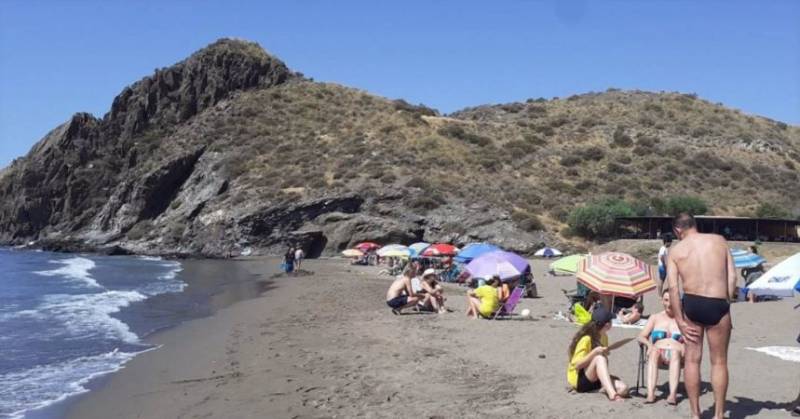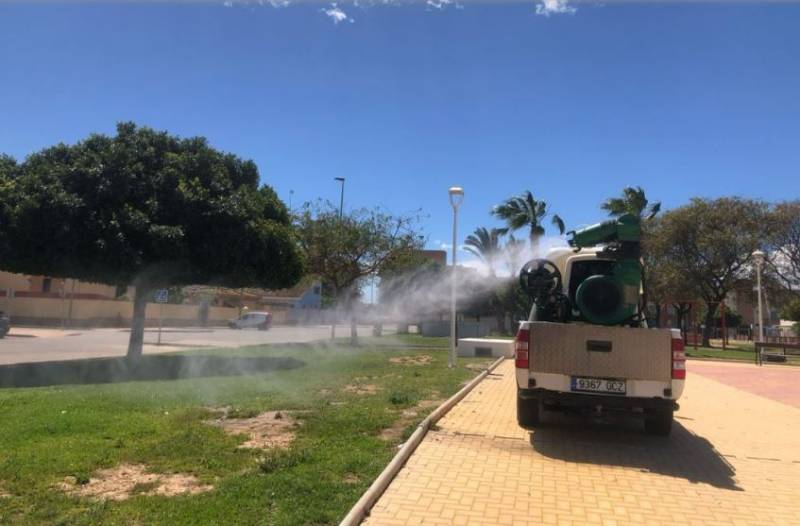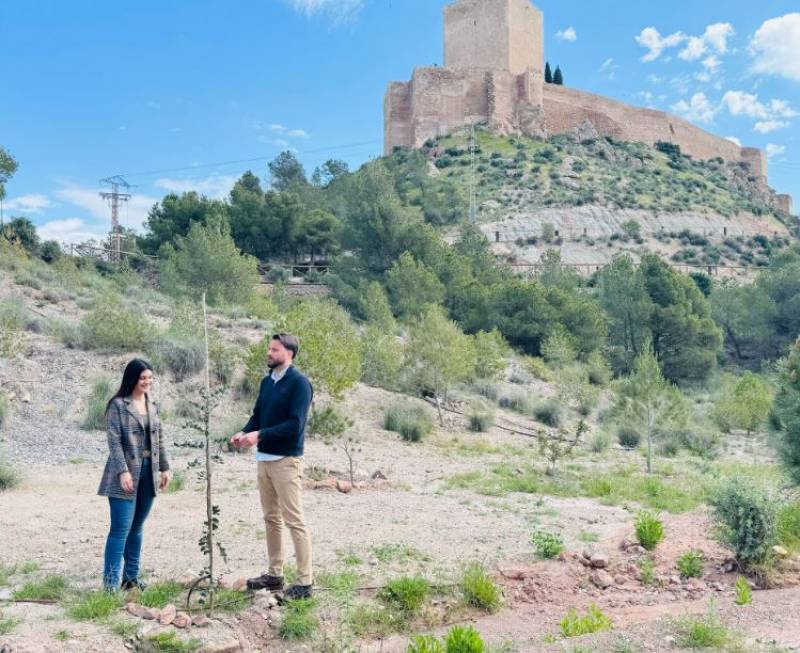- Region
- Vega baja
- Marina Alta
- Marina Baixa
- Alicante
- Baix Vinalopo
- Alto & Mitja Vinalopo
-
ALL TOWNS
- ALICANTE TOWNS
- Albatera
- Alfaz Del Pi
- Alicante City
- Alcoy
- Almoradi
- Benitatxell
- Bigastro
- Benferri
- Benidorm
- Calosa de Segura
- Calpe
- Catral
- Costa Blanca
- Cox
- Daya Vieja
- Denia
- Elche
- Elda
- Granja de Rocamora
- Guardamar del Segura
- Jacarilla
- Los Montesinos
- Orihuela
- Pedreguer
- Pilar de Horadada
- Playa Flamenca
- Quesada
- Rafal
- Redovan
- Rojales
- San Isidro
- Torrevieja
- Comunidad Valenciana
Date Published: 22/04/2025
Tourism under scrutiny in western Murcia's protected natural areas
The study aims to guide responsible and sustainable tourism in some of the Region of Murcia’s most vulnerable areas

In a bid to safeguard its fragile coast, the Region of Murcia has launched a new initiative to better understand the impact of tourism. This month, the Regional Ministry of the Environment, Universities, Research and the Mar Menor launched a study that will measure just how much tourism the western coastal areas of the Natura 2000 Network can handle without harm.
The study aims to strike a balance between welcoming visitors and preserving nature. It will determine how many tourists these protected zones can realistically and sustainably accommodate and help shape future regulations for recreational activities along the coast.
Ultimately, the goal is to promote a low-impact tourism model that not only safeguards the environment but also highlights the Region’s natural beauty and cultural treasures. Furthermore, it will hopefully prevent the Region of Murcia from falling into the over-tourism trap that has sparked protests in other parts of the country.
To get an accurate picture, researchers will head out into the field to count vehicles and visitors, and they'll be handing out questionnaires to get a sense of who’s visiting, what they think of the area and how well they understand its ecological value.
"The project aims to ensure that the data obtained is representative of the wide range of visitors who access Natural Spaces throughout the year," explained the regional Secretary of Energy, Sustainability and Climate Action, María Cruz Ferreira.
Therefore, the work will be carried out both in the morning and in the afternoon, on weekdays, weekends and holidays, and during hot and cold seasonal periods.
“The results of this work will contribute to progress in developing management plans for Natura 2000 areas," stated María Cruz Ferreira. The work will be carried out between 2025 and 2026.
This kind of project isn’t new, as the Region of Murcia has been carrying out surveys and implementing controls in protected natural areas of the western coast for several years now. Perhaps the most well known is the action surrounding the beaches of Calnegre, where access management systems have been in place since the summer of 2018.
Several other measures have been put in place in different vulnerable areas, such as demarcating access routes and trails, improving signage and developing educational materials, among others.
This latest survey will cover all the protected areas of the west coast of the Region of Murcia, which are included in the Sierra de las Moreras Protected Landscape (Mazarrón), the Calnegre and Cabo Cope Regional Park (Lorca and Águilas) and the Cuatro Calas Protected Landscape (Águilas).
The work will focus on the areas most under pressure from public use, which have been identified primarily on beaches, areas of cultural and natural interest, and coastal paths and trails.
"The coastal character and scenic beauty of the western coast mean that a significant number of visitors find the beaches of these protected areas especially attractive, particularly during the summer," the regional secretary noted.
Other inland and cliff areas of these protected areas also attract a large influx of visitors for hiking, cycling, climbing and other sporting activities.
Protecting the nature, wildlife and landscapes in these areas depends a lot on how people use and enjoy them. That’s why it’s important to encourage visitors to explore in ways that don’t harm the environment.
By doing this, the regional government can develop nature-based tourism that helps protect these special places while still letting people enjoy them, concluded María Cruz Ferreira.
Image: CARM
staff.inc.ali
Loading
See more environmental news about Spain:
OR
Sign up for the Spanish News Today Editors Roundup Weekly Bulletin to get a comprehensive email with all the week’s news for Spain, Murcia, Alicante and Andalucía.
Get a sneak peek – here are a few of our recent Subscription Bulletins:
Discount Special Offer subscription:
36.95€ for 48 Editor’s Weekly News Roundup bulletins!
Please CLICK THE BUTTON to subscribe.
Contact Murcia Today: Editorial 000 000 000 /
Office 000 000 000




































